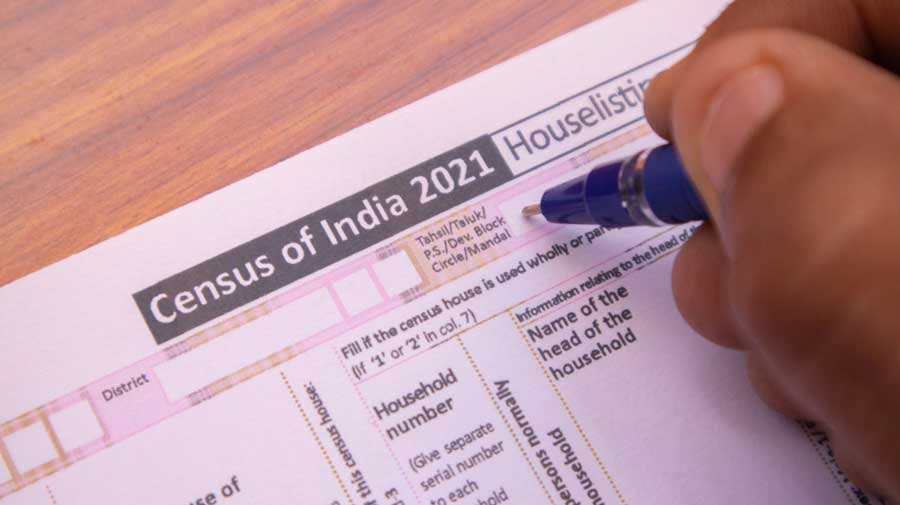
Prepare IAS Coaching
Current Affairs

Title : CASTE CENSUS
Date : Jan 07, 2022
Description :
GS I
Topic à Population related issues
- Context:
- The Bihar chief minister wants the central government to reconsider its unwillingness to conduct a caste-based census, believing that such information would enable his government to devise more targeted policies for the most vulnerable among the OBCs.
- The Government of India, on the other hand, has opted not to enumerate caste-wise populations in Censuses other than SCs and STs as a matter of policy.
- So far, how have caste details been gathered:
- While the census collects information on SC/STs, the enumerators do not collect information on other castes. Self-declaration to the enumerator is the most common way.
- Until now, backward classes commissions in several states have conducted their own population counts to determine the number of backward castes.
- What kind of caste data does the Census publish:
- Between 1951 and 2011, every census in independent India published data on Scheduled Castes and Scheduled Tribes, but not on other castes.
- Prior to that, caste data was collected in every census till 1931.
- What is SECC 2011 all about:
- The 2011 Socio-Economic Caste Census was a large-scale effort to collect information on the socio-economic status of various populations.
- It consisted of two parts:
- a survey of rural and urban families and their ranking based on pre-determined factors, as well as a caste census.
- However, only the specifics of people's economic situations in rural and urban homes were made public. The caste information has not yet been made public.
- SECC 2011 was organized by three different authorities but was overseen by the Indian government's Department of Rural Development.
- The Department of Rural Development performed a census in rural areas (DoRD).
- The Ministry of Housing and Urban Poverty Alleviation is responsible for conducting censuses in urban areas (MoHUPA).
- The Registrar General of India (RGI) and the Census Commissioner of India are in charge of the Caste Census on behalf of the Ministry of Home Affairs.
- Census vs. SECC: What's the difference:
- The Census depicts the Indian population, whereas the SECC is a tool for identifying state assistance recipients.
- Because the Census is governed by the Census Act of 1948, all data are considered private, whereas the SECC collects personal information that can be used by government departments to grant or deny benefits to households.
- Caste census advantages:
- The exact population of each caste would aid in tailoring the reservation strategy to guarantee that all of them are fairly represented.
- Related Concerns:
- It's possible that it'll give some people the shivers, leading to demands for greater or separate quotas.
- It has been said that simply labeling people as belonging to a caste helps to maintain the system.
- Source à The Hindu à 07/01/22 à Page Number 1
